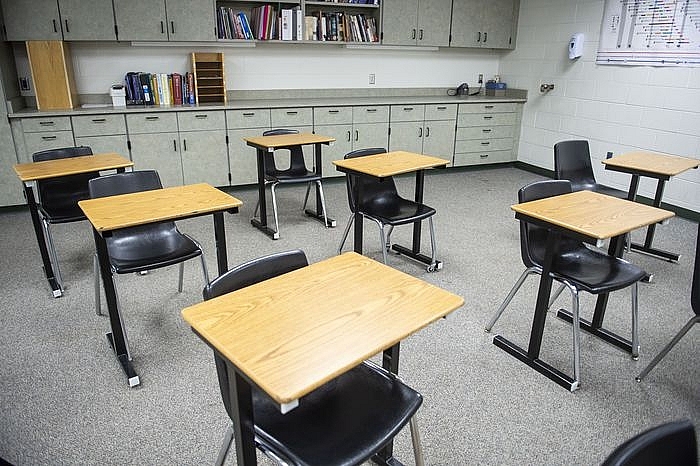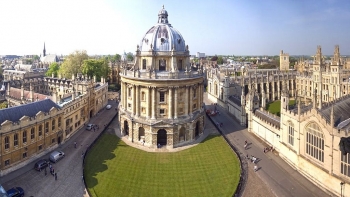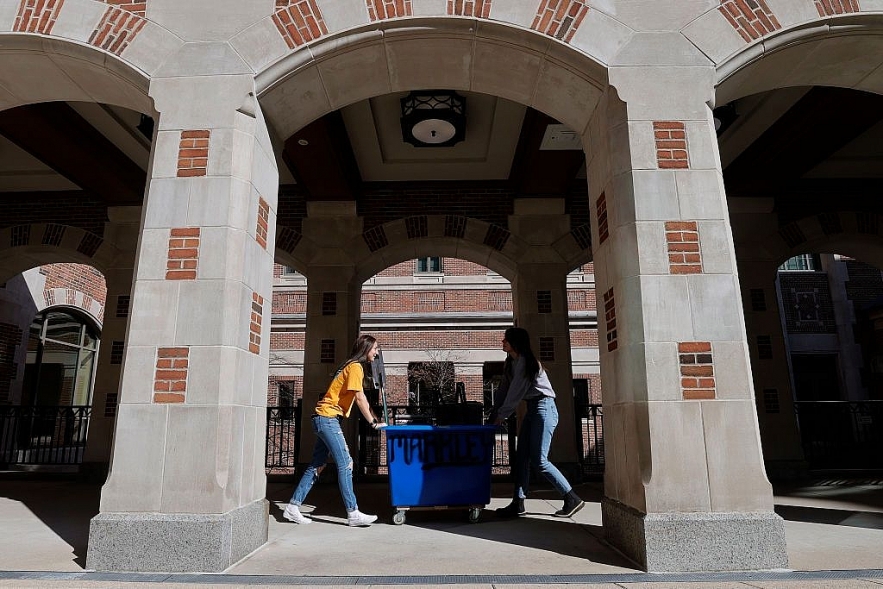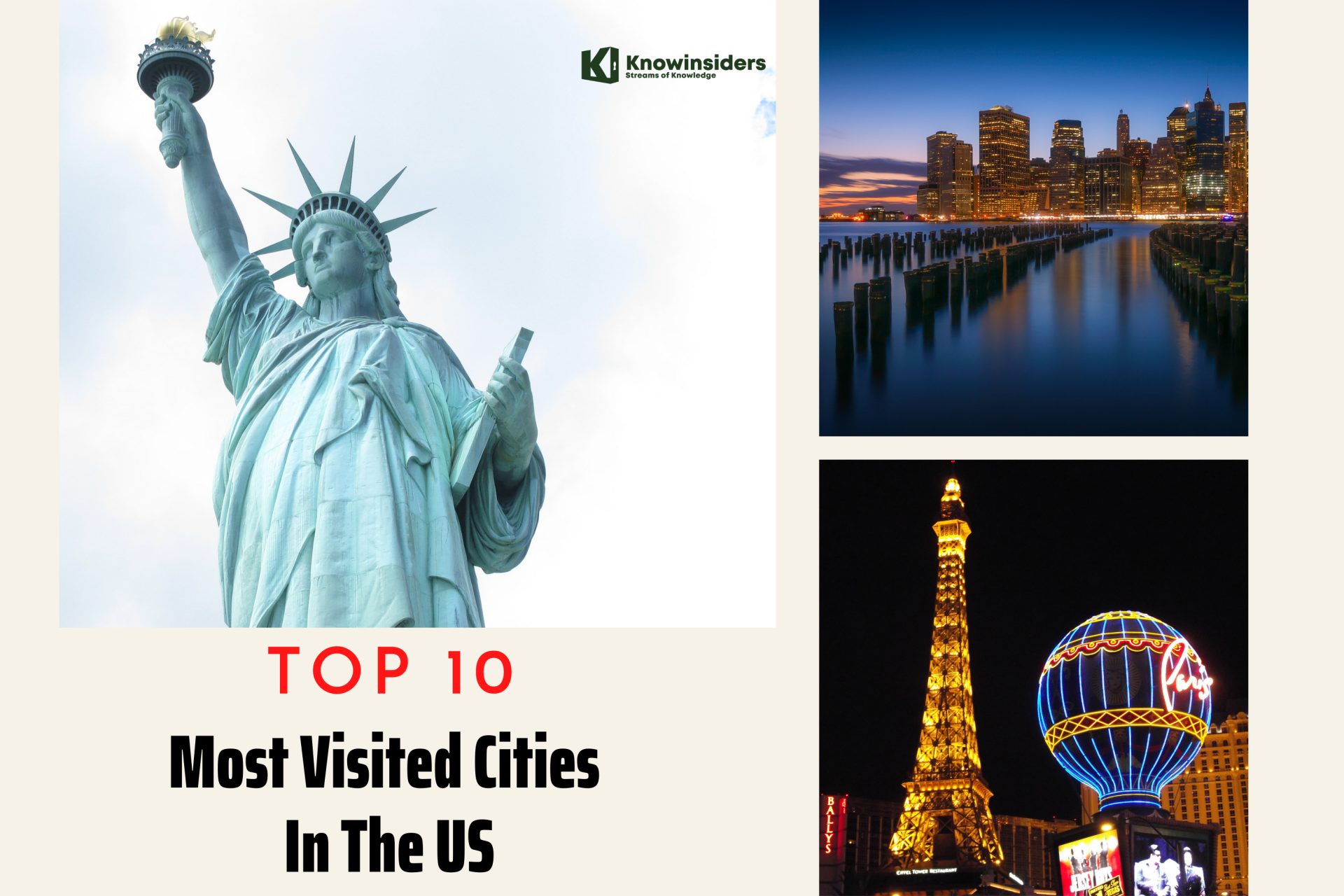Top 10 Most and Least Educated Cities in the US Today
 |
| Top 10 Most & Least Educated Cities in The U.S |
What is the most educated city in the United States?
Ann Arbor, Michigan is the most educated city in the United States according to a recent survey, followed by San Jose, Washington D.C., and San Francisco.
Ann Arbor has the highest number of residents with high school and higher education levels along with the highest quality school system. The survey does note that Ann Arbor also has a significantly high racial education wealth gap out of the cities looked at.
Four Louisiana cities are on the list with New Orleans-Metairie combined and ranked No. 102. Baton Rouge is 13 slots further down at No. 115. Shreveport-Bossier City is listed at No. 127 while Lafayette slips inside the top 150 at No. 134. Other nearby cities of note include Gulfport-Biloxi (Miss.) at N. 125 and Mobile, Ala., at No. 131.
Top 10 areas (cites) with the most educated Americans
1.Ann Arbor, Mich,
2.San Jose-Sunnyvale-Santa Clara, Calif.
3.Washington, D.C., and Arlington-Alexandria, Va.
4.San Francisco-Oakland-Berkeley, Calif.
5.Madison, Wisc.
6.Boston-Cambridge-Newton, Mass.-N.H.
7.Durham-Chapel Hill, N.C.
8.Seattle-Tacoma-Bellevue, Wash.
9.Austin-Round Rock-Georgetown, Texas
10.Provo-Orem, Utah
Visalia ranked lowest for residents with higher educational attainment especially Bachelor’s and Graduate school degrees.
The rankings of cities are also expected to change in the next few years due to the impact of the COVID-19 pandemic on education and the workforce.
 Top 10 Most Educated Countries in the World Top 10 Most Educated Countries in the World Nations around the world have different levels of education. In more developed nations, most adults are literate and have at least a basic high school ... |
Ways to Determine most & least educated areasWith more than 97% of educators reporting learning loss among their students due to the COVID-19 pandemic, the personal-finance website WalletHub today released its report on 2021’s Most & Least Educated Cities in America. To determine where the most educated Americans live, WalletHub compared the 150 largest metropolitan areas across 11 key metrics. Its data set ranged from the share of adults ages 25 and older with a bachelor’s degree or higher, to the quality of the public school system, to the gender education gap. |
 |
| Peyton Grant of Lavallette, New Jersey (L) and Lizzy Anderson of White Pigeon Michigan pack up and move out of their dorm at the University of Michigan on March 17, 2020 in Ann Arbor, Michigan. (Photo by Gregory Shamus/Getty Images) |
Top 10 areas (cities) with the least educated Americans
1.Visalia, Calif.
2.Brownsville-Harlingen, Texas
3.McAllen-Edinburg-Mission, Texas
4.Bakersfield, Calif.
5.Modesto, Calif.
6.Hickory-Lenoir-Morganton, N.C.
7.Stockton, Calif.
8.Salinas, Calif.
9.Ocala, Fla.
10.Corpus Christi, Texas
*Check out the full list on WalletHub’s website to where your city ranks in the list of Top Most & Least Educated Area in America.
| “To develop a more educated and skilled workforce, one promising economic investment is early childhood education, because we know that this pays off in the long run. On the other end of the P-16 education spectrum, we need to increase access to postsecondary education by increasing the size and availability of federal Pell grants. The dollar value of the Pell grant, which provides tuition assistance for low-income students, has not kept pace with the massive inflation we have seen in postsecondary education costs. Moreover, Pell grants are rarely available to older, non-traditional students who are not economically dependent on their parents and want to upgrade their skills.” Jennifer L. Steele, Ed.D. – Associate Professor, American University |
| “While I believe that many of the impacts as a result of school closures are long-term, one short-term impact would be the shift in communities and students’ lack of social interaction with their peers. During the pandemic, schools were forced to deliver instruction virtually and as a result, many school communities worked towards creating a virtual community that reflected their in-person school community. The reality is that many young people across the nation went weeks to months without familiar social interaction with their peers, which can lead to feelings of loneliness, negative self-esteem, and even depression, which align to long-term impacts as a result of the pandemic.” Edmund Adjapong, Ph.D. – Assistant Professor, Seton Hall University and Faculty Fellow, Columbia University |


























